
- For PC
- For MAC
- For Linux
- OS: Windows 10 (64 bit)
- Processor: Dual-Core 2.2 GHz
- Memory: 4GB
- Video Card: DirectX 11 level video card: AMD Radeon 77XX / NVIDIA GeForce GTX 660. The minimum supported resolution for the game is 720p.
- Network: Broadband Internet connection
- Hard Drive: 23.1 GB (Minimal client)
- OS: Windows 10/11 (64 bit)
- Processor: Intel Core i5 or Ryzen 5 3600 and better
- Memory: 16 GB and more
- Video Card: DirectX 11 level video card or higher and drivers: Nvidia GeForce 1060 and higher, Radeon RX 570 and higher
- Network: Broadband Internet connection
- Hard Drive: 75.9 GB (Full client)
- OS: Mac OS Big Sur 11.0 or newer
- Processor: Core i5, minimum 2.2GHz (Intel Xeon is not supported)
- Memory: 6 GB
- Video Card: Intel Iris Pro 5200 (Mac), or analog from AMD/Nvidia for Mac. Minimum supported resolution for the game is 720p with Metal support.
- Network: Broadband Internet connection
- Hard Drive: 22.1 GB (Minimal client)
- OS: Mac OS Big Sur 11.0 or newer
- Processor: Core i7 (Intel Xeon is not supported)
- Memory: 8 GB
- Video Card: Radeon Vega II or higher with Metal support.
- Network: Broadband Internet connection
- Hard Drive: 62.2 GB (Full client)
- OS: Most modern 64bit Linux distributions
- Processor: Dual-Core 2.4 GHz
- Memory: 4 GB
- Video Card: NVIDIA 660 with latest proprietary drivers (not older than 6 months) / similar AMD with latest proprietary drivers (not older than 6 months; the minimum supported resolution for the game is 720p) with Vulkan support.
- Network: Broadband Internet connection
- Hard Drive: 22.1 GB (Minimal client)
- OS: Ubuntu 20.04 64bit
- Processor: Intel Core i7
- Memory: 16 GB
- Video Card: NVIDIA 1060 with latest proprietary drivers (not older than 6 months) / similar AMD (Radeon RX 570) with latest proprietary drivers (not older than 6 months) with Vulkan support.
- Network: Broadband Internet connection
- Hard Drive: 62.2 GB (Full client)
Macchi 202 "Folgore" 378 Squadriglia, 155 Gruppo, 51 Stormo Serial: 378-4 (MM7711) Gela, August 1942. Camouflage by PorcoRosso86 | download here
The Italian Air Force, called the Regia Aeronautica in Italian, was officially established in 1923 as an independent part of the Italian armed forces. It was the first air force to ever conduct both a reconnaissance flight and a bombing run, in late October of 1911. During the interwar period (1918-1936), the Regia Aeronautica seemed to have a bright future ahead of it. Brilliant minds, such as General Italo Balbo, contributed to their prestige and renown, with feats such as leading a squadron of heavy bombers in a transatlantic flight, and revolutionizing air warfare tactics in the entirety of Europe. Moreover, the Italian aircraft industry was one of the best ones in the world, and the Italian heavy bombers at the time were unrivaled in their effectiveness.
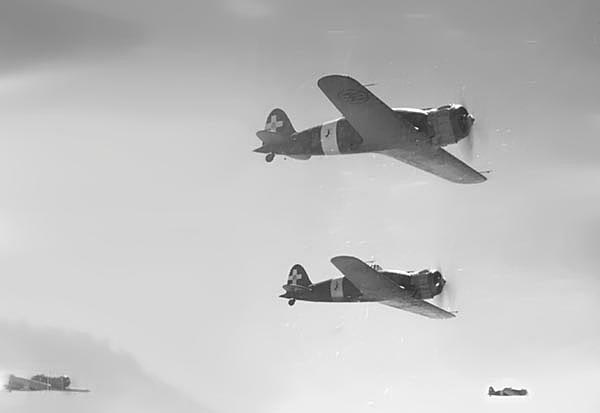 |
| Macchi MC.200 Saetta escorting S.79 bombers in North Africa 1941 |
However, in the middle of the 1930’s, the Regia Aeronautica started seeing some changes.The general Italo Balbo, who was the main driving force behind the Regia Aeronautica, died in a friendly fire accident in Italian Ethiopia, taking with him his vision for his country’s air force. What was left behind were some very talented and well-trained pilots, albeit without an influential and equally skilled leader. The Regia Aeronautica fought in many battles in the Spanish Civil War, alongside the Spanish Nationalists and the German “Condor Legion”, and in Ethiopia, leading very successful skirmishes and bombing operations. However, their opposition was minimal and employed the use of outdated aircraft, and in the Ethiopian case, it was nearly non-existent. This made Mussolini too confident of the Regia Aeronautica, and in turn, he allocated less and less of the country’s resources to it.
At the start of the Second World War, Italy had the smallest air force out of the three Axis powers. Even though it numbered around 3500 aircraft, only half of those were operational at all, while just a tenth of those were modern, top-tier planes, such as the Macchi MC.200, Fiat G.50 and Savoia-Marchetti SM.79, which would later be praised as the best torpedo bomber of the time. While the Regia Aeronautica was at this point still formidable, its effectiveness was severely hindered by several factors. The major of these were the manufacturing practices used by Italian factories (which were several years out of date), poor radio communications, and a lack of training on air combat tactics, rather than individual pilot skill. The Regia Aeronautica participated in many fronts during WWII, usually in cooperation with German contingents. Some of these include the Battles of Britain and France, and the sieges of Malta and Gibraltar, where Italian aircraft were of great significance.
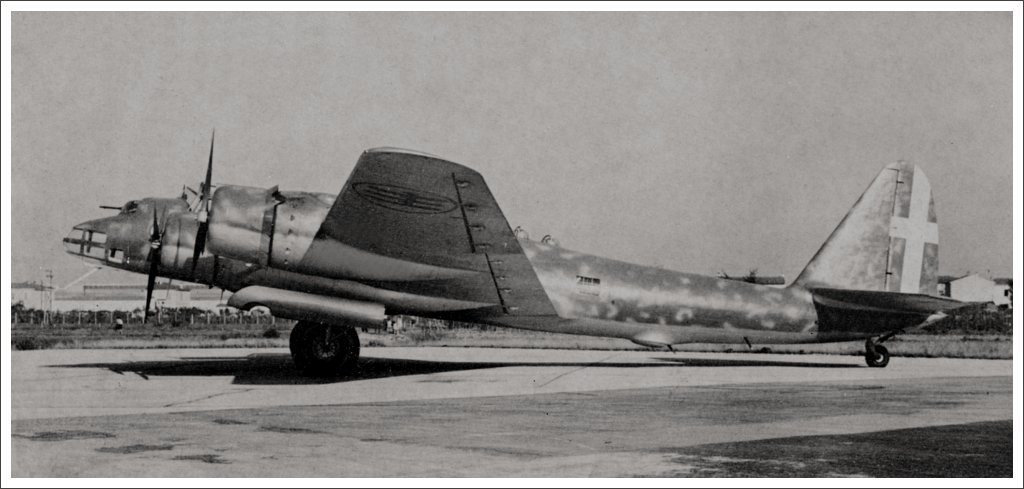 |
| The only Italian long-range bomber, the Piaggio P.108 |
The Italian armistice of 1943 divided the Regia Aeronautica into two separate air forces. The Royalist Italian Co-Belligerent Air Force (Aviazione Cobelligerante Italiana, or ACI) fought alongside the Allied forces from Southern Italy, while In northern Italy, the National Republican Air Force (Aeronautica Nazionale Repubblicana, or ANR) flew for the Axis. At this point in in the war, the Italians boasted aircraft that were on par with other Allied and Axis airplanes, namely the ‘Serie 5’: Reggiane Re.2005, Fiat G.55 and Macchi C.205, the latter of which was considered one of the best fighters in the war. However, due to their late introduction, they never managed to make a significant impact. The two air forces never directly engaged each other, as despite their different political affiliations, they were all still Italian. Italian aircraft losses totaled to around 5000 aircraft, while they themselves confirmed the same amount of aircraft destroyed. Even though the Italians didn’t keep a record of individual pilot kills, some pilots kept logbooks of their own.According to them, the most decorated Italian pilots were Franco Lucchini and Adriano Visconti, both with 26 kills. Both of the newly-established air forces merged into one, forming the Aeronautica Militare, upon the declaration of the Italian republic on the 2. June, 1946.
Despite having a rough history, the Italian air force, proved to be a force to be reckoned with, and although they may not have had as much recognition as other countries, they were without a doubt incremental in the outcome of the Second World War.
Author: Sergej "NuclearFoot" Hrustić
With an upcoming update, we will add the
"Emblem of the 377a Squadriglia Autonoma"
and "Emblem of the 150a Squadriglia, 2° Gruppo" to War Thunder:
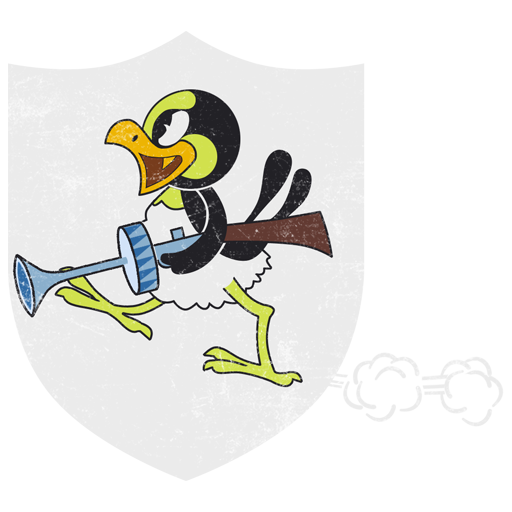
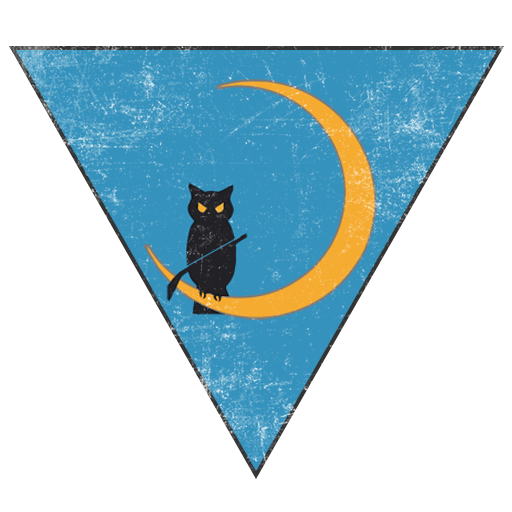
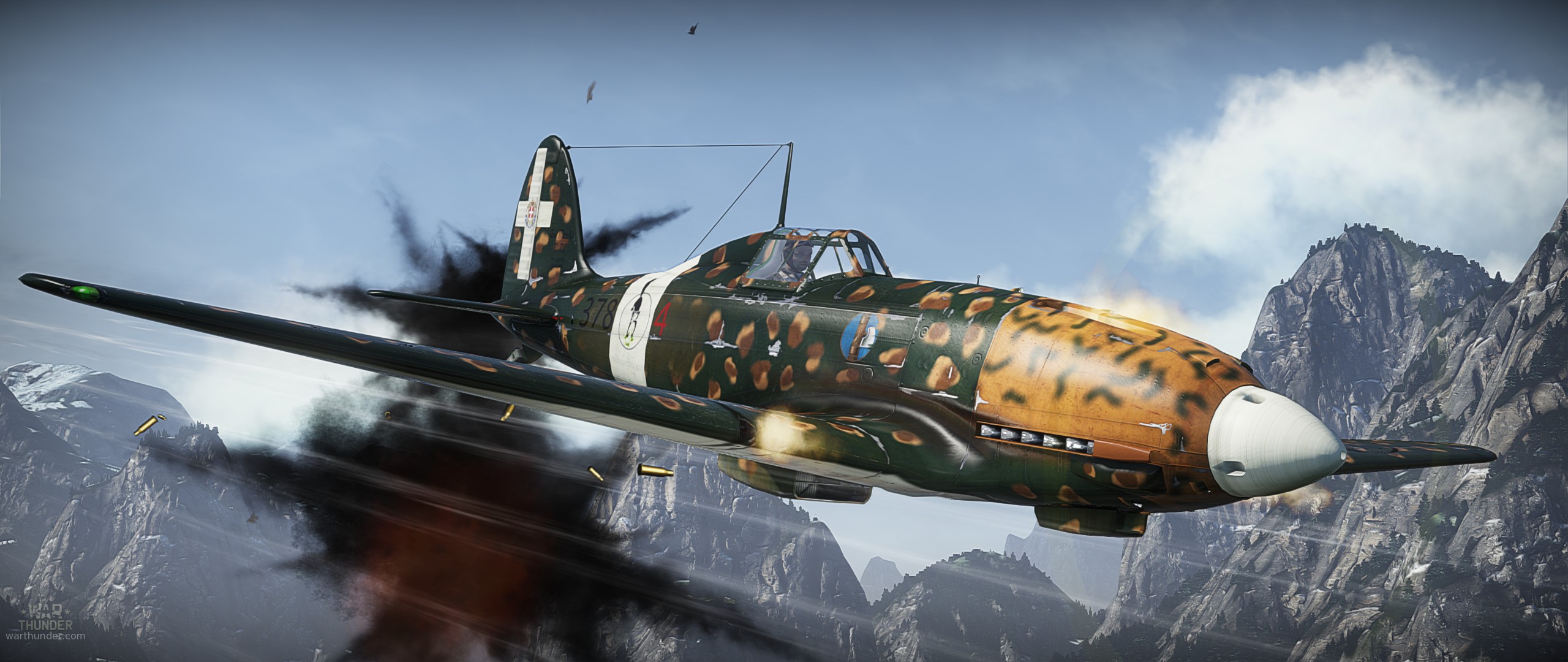




Decals made by Jej 'CharlieFoxtrot' Ortiz and Colin 'Fenris' Muir